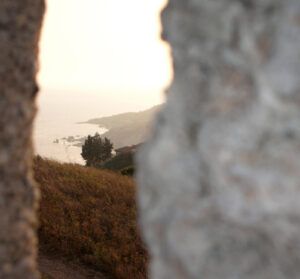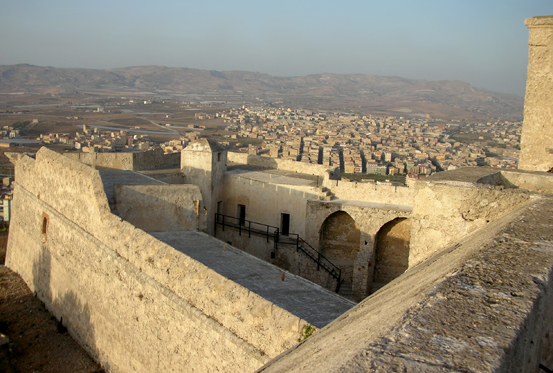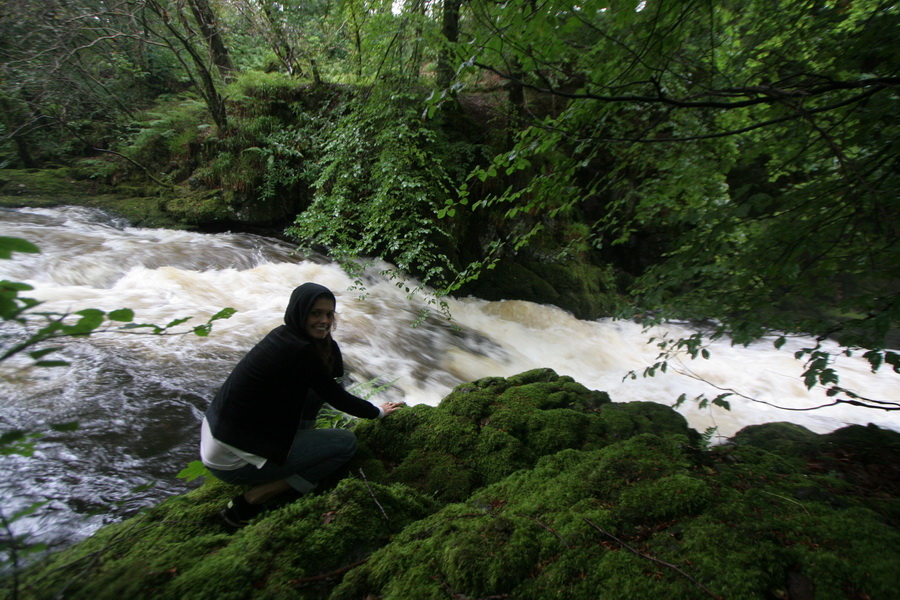
Saint Angelo Fort, copyright Paula Tripodi
Nestled above Licata’s softly abraded hills that sweep down into waves of the Mediterranean sea, is Sant’Angelo Castle. Teeming with undisturbed fauna and flora, the baroque fortress is the artichoke—heart—of Sicilian province of Agrigento.
Constructed in 1615, by commanding general Hernando de Petigno under the orders of the Borboni Dynasty, the fort defended its Sicilian shores, for twenty five years. The pre-existing Tower was built in 1585 by the Royal Camillo Camillians, and serves as a fire lookout point for the remote town.
In 1943, World War Two artillery damaged its walls, and after municipal renovation, the irregular polygon opened as a museum and observatory center.
The fort is one of the most important naval monuments in Italy, if not the world. Some Italian scholars believe that the biggest naval battle of ancient times was fought on Licata soil.
The First Punic War in 256, highlighted the notorious battle of Cabo Ecnomo, between the Romans and Carthaginians. Under Consul Marco Attilio Regolo, close to seven hundred ships and three hundred thousand men took to the battle fields.

Saint Angelo Fort, copyright Paula Tripodi
The Romans secured victory and the city commercial and mercantile center. While Phonecians and Greeks tried their stake at conquest, the Arabs dominated the territory in name of the Byzantine Empire for two centuries. They lost to the Normans in 1086.
The Romans gripped the city again, until Emperor Frederico II of Swabia established rule in 1234 . Almost a half a century later, the with Vespri Siciliani uprising rebelled against Angevine rule, spilling into nearby waters.
Luckily, the Aragonese secured the city, and a century later, pirate Dragut swept the hills of Sant’ Angelo hills. He erected defensive walls, and the Borbonis finished construction.
The mercantile haven prospered with the help of Maltese immigrants whom arrived to the city by boat, and continued to do so through the seventeenth century Plague and famine.
Modern-day Licata has shipped sulphur, asphalt and grain, while still prospering from its cheese exports overlooked by Sant’ Angelo.





